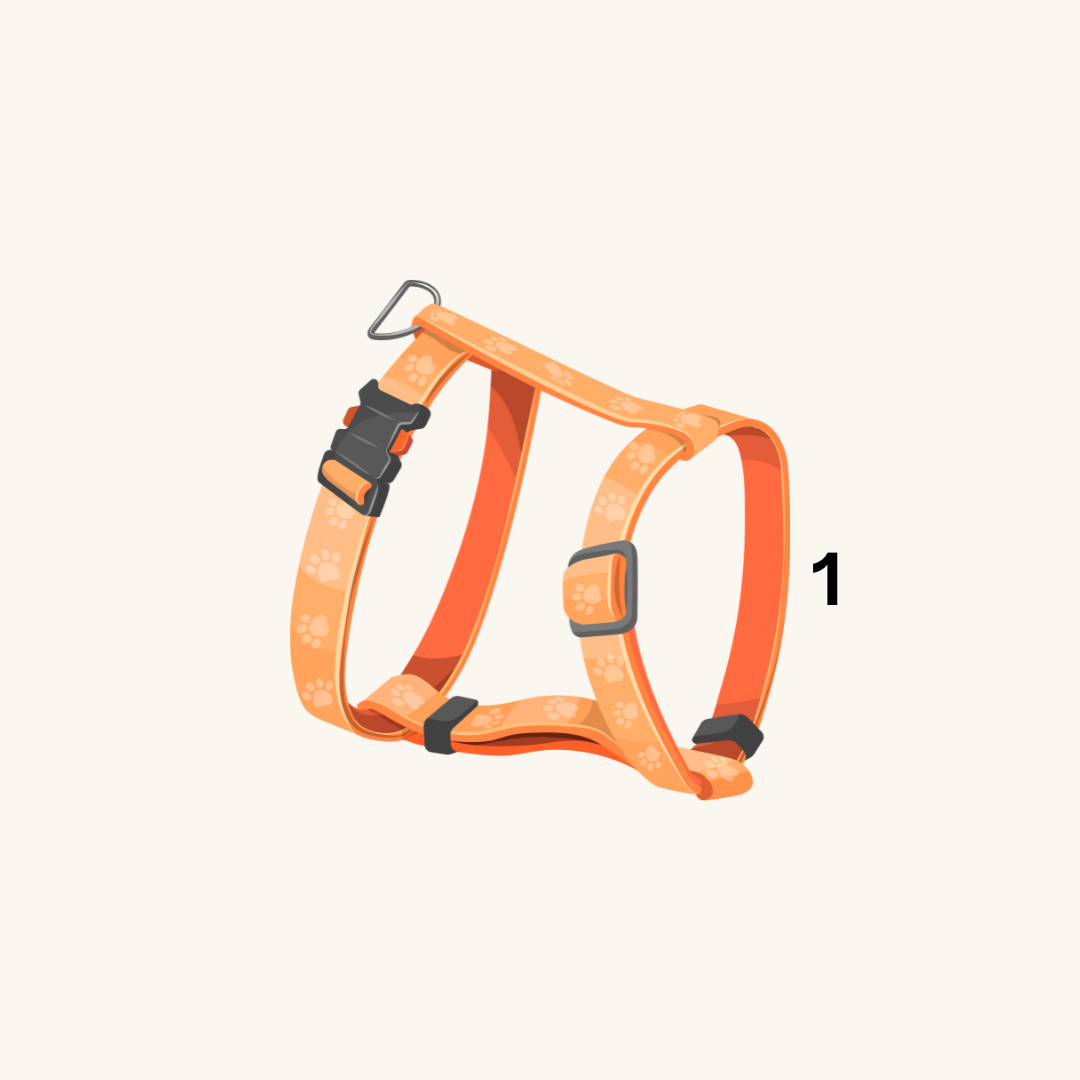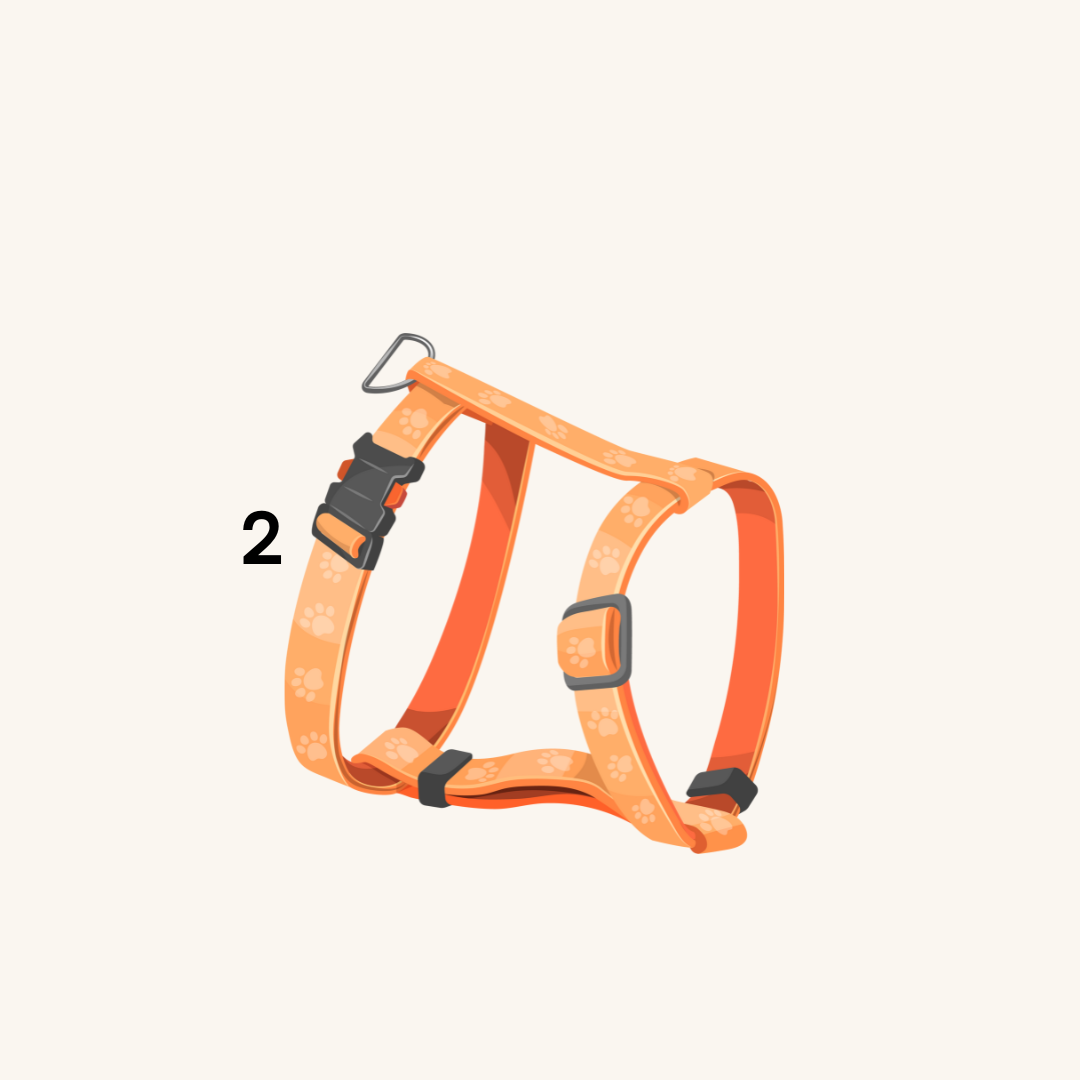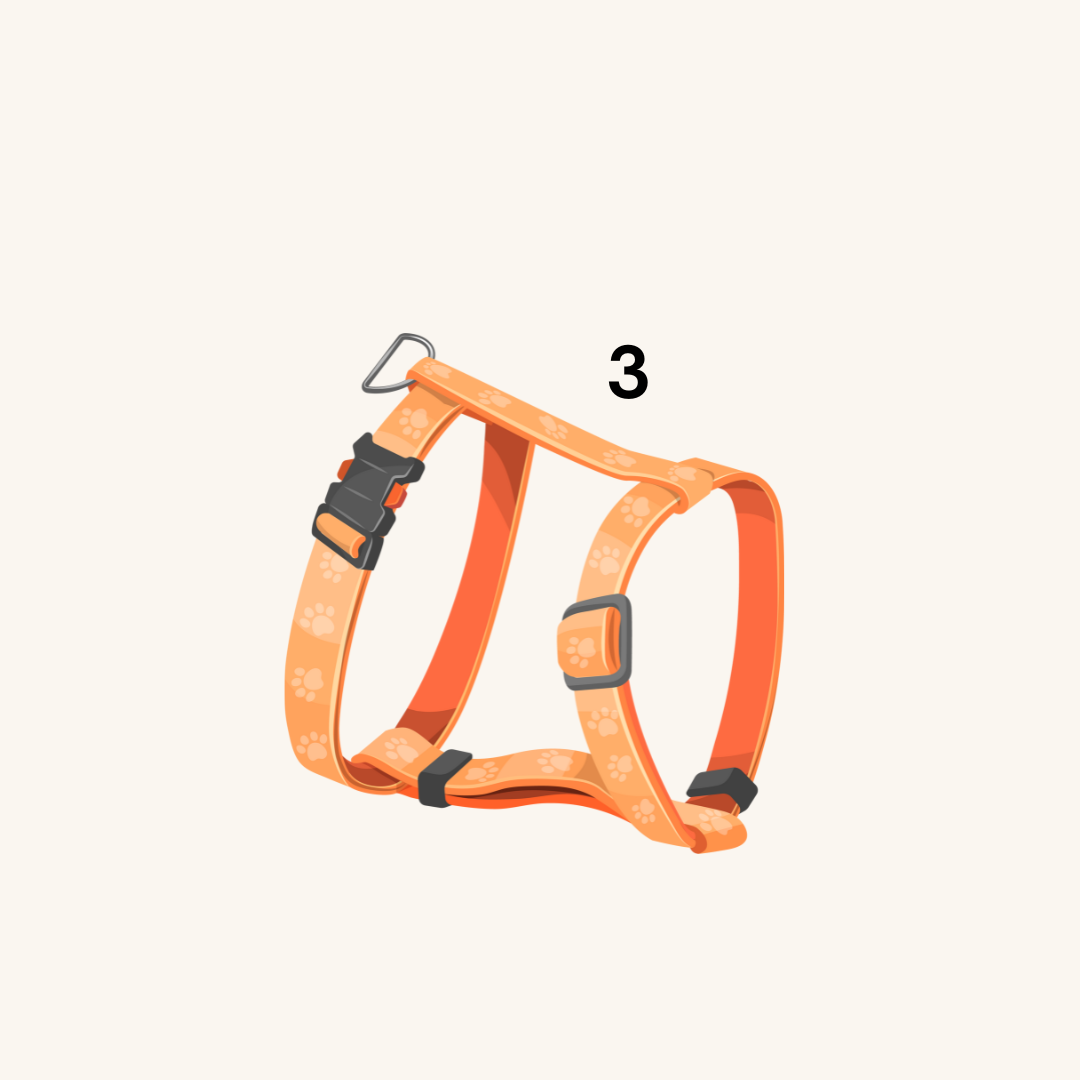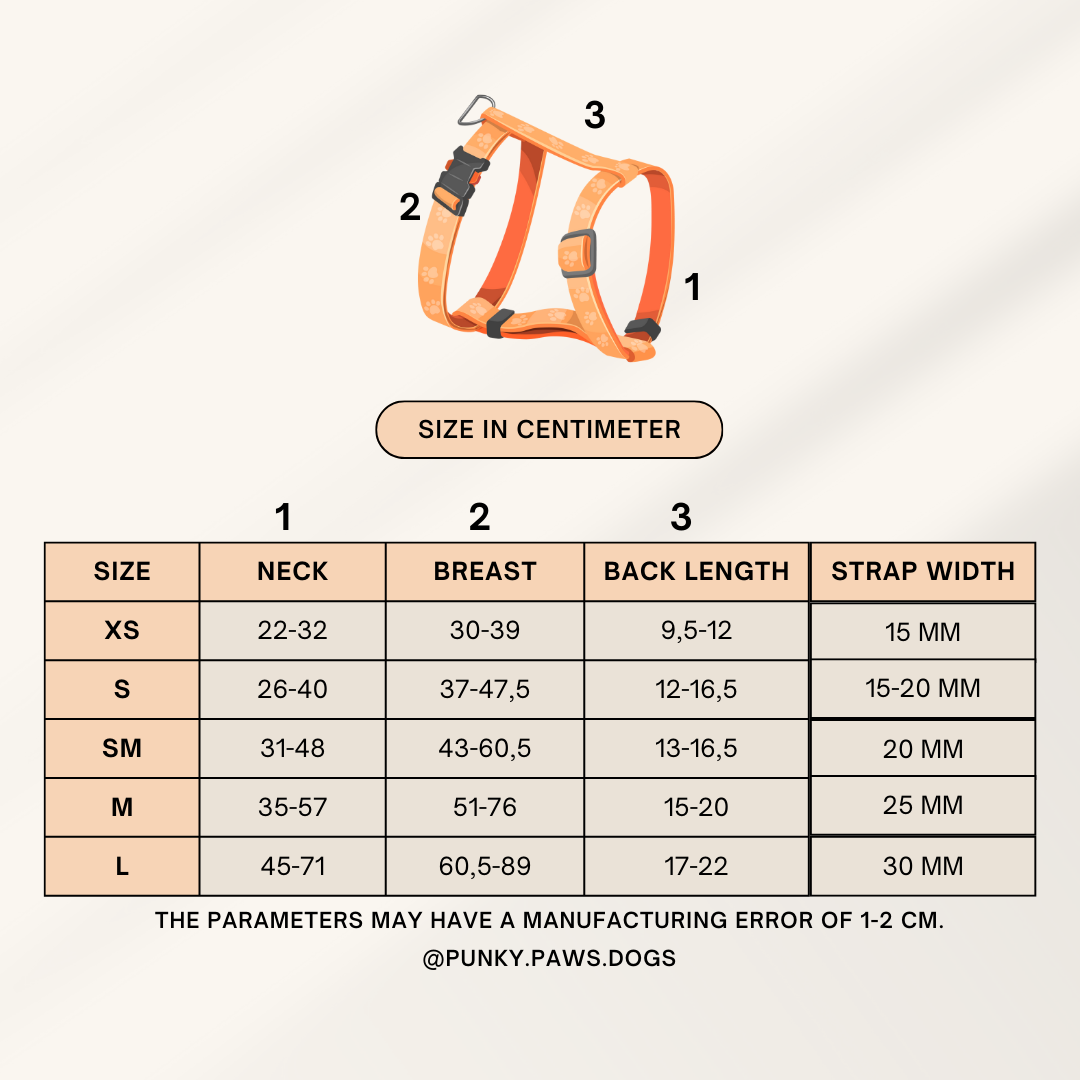What’s a Martingale Collar and How Does it Work?
What is a Martingale Collar?
A martingale collar is also referred to as a limited-slip or no-slip collar. This popular type of collar suits a dog breed that has a head narrower than its neck. They’re popular among owners of Whippets, Greyhounds, Salukis, and other sighthound breeds.

Don’t have a sighthound? Not to worry, you can use martingale collar with other dog breeds as well. Especially if you want more control during leash training or if your dog tends to slip out of the collar.
This type of dog collar is fitted with a D-ring and the leash attaches to this ring. When the dog pulls on the leash, the collar constricts. Since the collar is adjustable, it won’t tighten beyond your dog’s neck width if properly fitted. This way, you can provide comfort without harming your pooch.
How do Martingale Collars work?
Dog collars serve two primary functions. First, they help keep your pet’s ID tag attached to them at all times. And second, they offer an anchor point to attach a leash.
As a dog owner, choosing the right collar for your pet is essential. At the very least, it should serve these two basic functions without hurting your dog. 
Martingale dog collars give you control over your pet and help keep them safely on-leash without choking them. The martingale collar design is an improvement on the choke chain. But unlike choke chains, they allow you to adjust and control the fit around your pet’s neck. Choke Chains are considered aversive equipment by Positive Reinforcement Dog Trainers.
Other popular names for martingale collars are:
- Greyhound collars
- Whippet collars
- No-slip/Limited-slip collars
- Humane choke collars

Martingale collars consist of two loops:
- An adjustable loop that goes around your dog’s neck.
- A smaller loop with a D-ring, upon which you attach the leash.
The first loop is adjustable to give you control over the diameter of the band. This ensures a secure fit over your pet’s head and neck to prevent choking or slipping off.
When your dog pulls on the lead or tries to slip out, the tension pulls the smaller loop taut. This, in turn, tightens the larger loop gently and uniformly around the dog’s neck.

And when your pup stops pulling on the leash, the collar relaxes back to its original shape.
Note that the loop only gets tight enough to prevent slipping out, but not so tight that it hurts your pet.
This feature also comes in handy when training your dogs. The tightening of the loop discourages them from pulling and tugging at the lead. And this is why martingale collars are among the most recommended products by dog trainers.
How to put on a Martingale Collar
First, adjust the collar large enough to slip over the head of your dog. Once you have put it on your dog, adjust it to the correct size for your dog’s neck. If you have a sighthound, you will want to put the collar right behind the ears (smallest part of the neck) and adjust it so that the collar can tighten gently without the 2 pieces of hardware on either side of the loop touching. If the hardware touches, the martingale collar is too loose.

Best Practices When Using Martingale Collars
Martingale collars are a lot safer than regular collars. However, martingales can also pose some risk if not used properly.
Observe these best practices to ensure your dog’s safety when using a martingale dog collar:
- Ensure the collar you pick fits your dog perfectly. Too snug and it might cause choking. Too loose, and your dog will slip right out.
- Never leave your dog unattended with a martingale collar on. It can easily get caught on household items and surfaces, choking the pup.
- Martingale collars work best with a leash. Otherwise, they may get loose enough for your dog to slip out of.
- Introduce the martingale collar to your pet in a familiar space. Then allow the pup to get comfortable before heading out for a walk.
- Never put the collar on while your dog is in their kennel.

punkypaws
Measure Neck
Measure your dog's neck closely

punkypaws
Measure breast
Measure your dog's chest tightly at its widest point, about 3-5 cm from the armpit.

PUNKYPAWS
Measure back length
In all products the back length is adjustable.
For dogs with an elongated body, this parameter is very important. The harness should not rub the armpits, the straps should be on the chest.

punkypaws
Select the correct size
To select the right size, please refer to the size chart.
If you have not found the right size, please contact us.
The harness should fit tightly around the dog, not dangle. But it should not press or rub anywhere. The dog's movements in the harness should be free.
